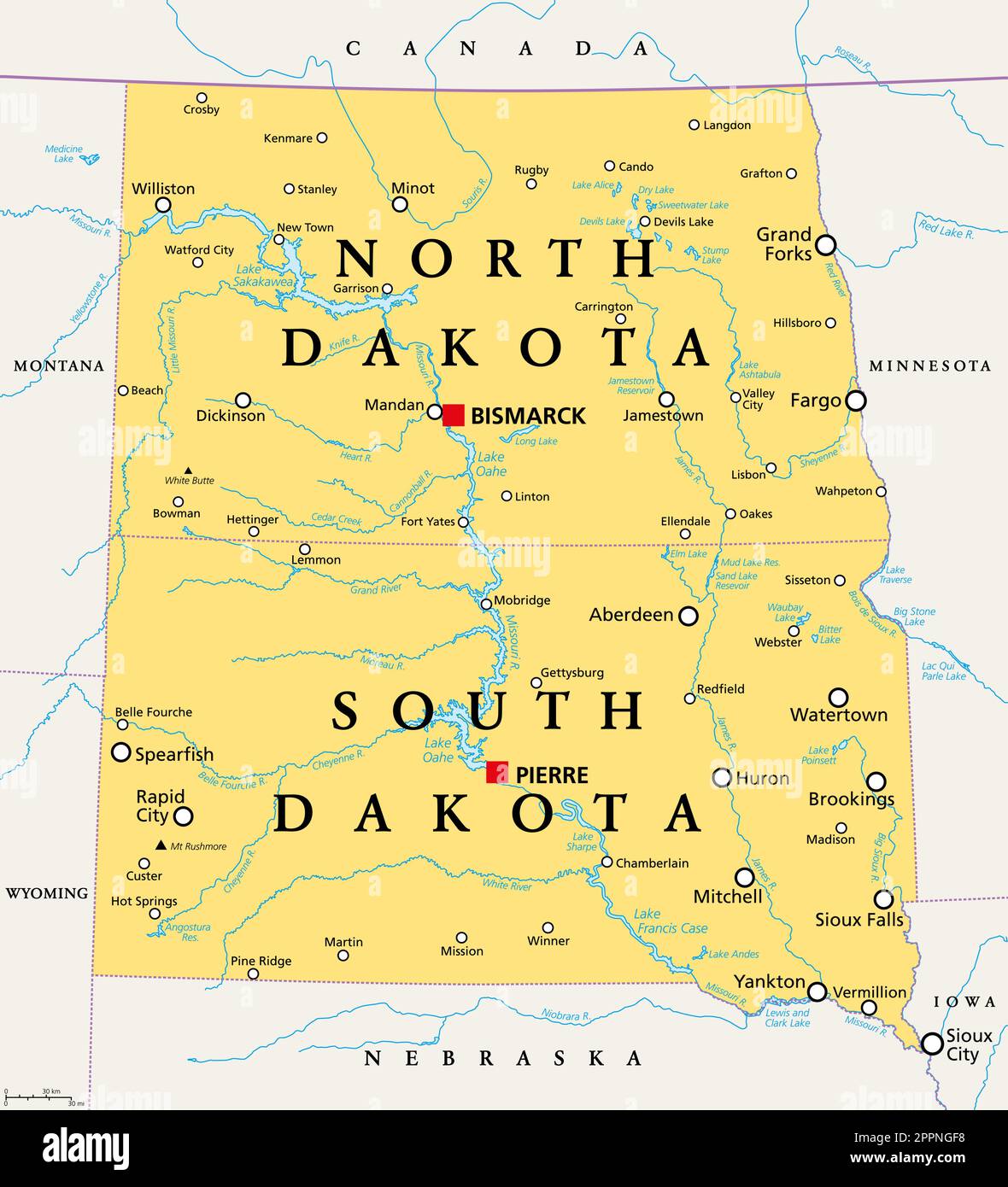Unpacking Dakota Baldwin: A Look At The Rich Heritage Behind The Name
Have you ever typed a name into a search bar, perhaps "dakota baldwin," and found yourself wondering about the stories and history it might hold? It's a rather interesting query, really, and it prompts us to think about how names, even seemingly simple ones, can carry so much weight and tradition. Names often connect us to places, cultures, and long-standing legacies, and this particular combination, in a way, invites us to explore something truly special.
When we look at the name "Dakota," it actually opens up a doorway to a remarkably deep and vibrant past. It's not just a word; it is that, a connection to a people whose history is woven into the very fabric of North America. The territory we now call the Dakotas, for instance, holds a large part of the ancestral lands of various Native American tribes, most notably the Sioux, including the Dakota people themselves, also known as the Santee Sioux. So, you know, when you hear "Dakota," there's a whole world of meaning right there.
This article aims to explore the profound significance of the "Dakota" part of our search term, drawing from the rich information available about the Dakota people. We'll learn about their culture, their heritage, and their enduring presence, shedding light on why this name holds such a cherished place in history. It's a chance, arguably, to appreciate the depth that lies beneath familiar words and, perhaps, to see "dakota baldwin" in a slightly different light, as a prompt to learn more about a truly important part of our shared human story.
- Keri Russell Curly Hair Products
- Shannen Doherty Breast Implants
- Dana Jenkins
- Abbieanna Williams
- Kristoff St John Net Worth
Table of Contents
- Who is Dakota Baldwin? Unpacking the Name
- The Dakota People: A Deep-Rooted Legacy
- Subcultures and Divisions Within the Dakota
- The Meaning of Dakota: Alliance and Kindred
- Cultural Heartlands: Where the Dakota Live
- Preserving Heritage and Modern Life
- Frequently Asked Questions About the Dakota People
- A Continuing Story
Who is Dakota Baldwin? Unpacking the Name
When you look up "dakota baldwin," you might be searching for a specific individual, perhaps a public figure or someone you know. It's worth noting, however, that "Dakota Baldwin" as a widely recognized public personality isn't something that typically appears in common searches. This makes the query rather intriguing, as it directs us to consider the separate parts of the name and their individual significance. So, while we might not find a direct biography for a single person named "Dakota Baldwin" in public records, we can certainly delve into the powerful meaning of "Dakota" itself, which is very much rooted in history and culture.
The name "Dakota," as a matter of fact, carries with it the story of an entire people, their ancestral lands, and their enduring spirit. It’s a name that signifies much more than just a label; it embodies a heritage. In this sense, we can look at the "biography" of the name "Dakota" by exploring the people it represents. The information below focuses on the Dakota people, offering insights into their identity and background, which is what the name truly refers to.
The Dakota People: Key Facts
| Name Meaning | "Alliance of friends" or "those who consider themselves kindred" |
| Primary Identity | Native American tribe, also a First Nations band government in North America |
| Main Subcultures | Compose two of the three main subcultures of the Sioux people (Eastern Dakota and Western Dakota) |
| Historical Territory | Large portion of ancestral land in the territory now known as the Dakotas, historically dominated this area |
| Key Groups (Eastern Dakota/Isanti/Santee) | Bdewakantunwan (Mdewakanton), Wahpetunwan (Wahpeton), Wahpekute, and Sissitunwan (Sisseton) |
| Current Primary Locations | Primarily Minnesota and Nebraska (Santee Sioux); also South Dakota, North Dakota, and Montana (Nakota, a related group) |
| Significance | Rich history, vibrant culture, shaping the landscape of North America |
The Dakota People: A Deep-Rooted Legacy
The Dakota people are a significant Native American tribe and a First Nations band government, with a history that stretches back through countless generations in North America. Their ancestral lands, as I was saying, encompass a vast portion of what we now call the Dakotas, and their influence has been quite profound on the region. When we talk about the Dakota, we're discussing a people with a rich cultural tapestry, deeply connected to the land and their traditions.
- Triad Aer Air Purifier
- What Is Lee Majors Net Worth
- Lew Alcindor Card
- Kris From Target
- Dark Pink Nail Paint
They are, in fact, a central part of the larger Sioux people. The Sioux themselves are a broad group, and the Dakota make up two of its three main subcultures. This means their story is intertwined with a much bigger narrative of indigenous life and resilience on the continent. Their presence, you know, has historically shaped the very character of the territory, leaving an indelible mark.
The name "Sioux" itself has an interesting background, deriving from the Chippewa word "nadowessioux," which means "snake" or "enemy." But it's important to remember that this was a name given by others. The Dakota people have their own name for themselves, one that speaks to their identity and values, which we'll explore a little more deeply.
Subcultures and Divisions Within the Dakota
The Dakota people, as a collective, are actually comprised of four distinct groups, forming what is known as the Isanti, or Eastern Dakota. These groups are the Bdewakantunwan (also known as Mdewakanton), the Wahpetunwan (or Wahpeton), the Wahpekute, and the Sissitunwan (or Sisseton). These divisions reflect different historical communities and their unique, yet interconnected, paths. So, in some respects, it's a bit like looking at different branches of a very old, strong tree.
Beyond the Eastern Dakota, there are also the Western Dakota, who are another major subculture of the Sioux. While the Eastern Dakota, or Santee Sioux, tend to live primarily in Minnesota and Nebraska, the smallest of the three main Sioux groups, the Nakota, typically reside in South Dakota, North Dakota, and Montana. This geographical spread, naturally, shows the vast reach and historical movements of these related peoples across the plains.
Understanding these divisions is quite helpful, as it gives us a clearer picture of the diversity within the broader Sioux nation. It's not just one uniform group; there's a lot of rich variety and distinct community identities, which is really fascinating to learn about.
The Meaning of Dakota: Alliance and Kindred
The name "Dakota" itself holds a very special and powerful meaning for the people it represents. It comes from the Santee word, "Dahkota," which is often translated as "alliance of friends." This translation, you know, speaks volumes about the values and relationships that are central to the Dakota way of life. It suggests a spirit of cooperation, mutual support, and community.
Another meaning for the name, equally significant, is "those who consider themselves kindred." This really emphasizes the deep familial and communal bonds that tie the Dakota people together. It's about a shared identity, a feeling of belonging, and a recognition of common ancestry and purpose. So, when you hear "Dakota," it's not just a geographic label; it's a statement of connection and shared humanity.
This meaning contrasts sharply, arguably, with the external name "Sioux," which, as mentioned, comes from a word meaning "snake" or "enemy." The Dakota's own name for themselves truly reflects their self-perception as a united and friendly people. It's a beautiful example of how indigenous languages carry deep cultural truths, something we can all appreciate and learn from.
Cultural Heartlands: Where the Dakota Live
The historical and current presence of the Dakota people is deeply rooted in specific regions of North America. South Dakota, for instance, is actually named after the Dakota Sioux tribe, which is a significant indicator of their historical dominance and continued presence in the territory. The state is home to nine reservations, which really shows the enduring population and cultural footprint of the Dakota people there.
While South Dakota is a major center, the Dakota, or Santee Sioux, primarily live in Minnesota and Nebraska. These areas have been their homelands for a very long time, places where their traditions and way of life have flourished. The Nakota, a related group, also have a strong presence in North Dakota and Montana, expanding the geographical reach of these interconnected communities. So, you know, their lands stretch across a pretty vast area.
These regions are not just places on a map; they are the heartlands where Dakota culture, language, and spiritual practices have been preserved and continue to thrive. They represent living communities, carrying forward the legacy of their ancestors, and, in a way, inviting us to understand the deep connection between people and their land.
Preserving Heritage and Modern Life
The Dakota people, like many indigenous communities, are actively engaged in preserving their rich heritage while also navigating modern life. Their legacy extends far beyond the plains of the Dakotas; it has truly shaped the landscape of North America and continues to inspire generations. This involves maintaining their language, traditional ceremonies, and storytelling, which are vital components of their cultural identity. It's a continuous effort, really, to keep their traditions vibrant.
Modern Dakota communities are also involved in various initiatives, from educational programs that teach their history and language to economic development projects that support their people. The Dakota software, for instance, mentioned in "My text," with its advanced parametric analyses, enables design exploration and risk analysis, showing how the name "Dakota" can also be associated with cutting-edge fields. This highlights a dynamic interplay between tradition and contemporary innovation, which is quite interesting.
Their story is one of resilience, adaptation, and a strong commitment to their cultural roots. Readers, have you ever wondered about the rich history and vibrant culture of the Dakota people? Their ongoing contributions and their steadfast connection to their heritage are a powerful reminder of the diverse and deep histories that make up our world. To learn more about Native American history on our site, and you can also find out more about indigenous cultures here.
Frequently Asked Questions About the Dakota People
People often have questions about the Dakota people, seeking to understand their history and culture more deeply. Here are some common queries:
What is the meaning of the name "Dakota"?
The name "Dakota" comes from the Santee word "Dahkota." It is commonly translated as "alliance of friends," suggesting a strong emphasis on community and mutual support. Another important meaning is "those who consider themselves kindred," which truly highlights the deep familial and communal bonds within the Dakota people. So, it's a name that speaks to unity and connection, rather than just a simple label.
Are the Dakota people part of the Sioux?
Yes, the Dakota people are a significant part of the larger Sioux nation. They actually compose two of the three main subcultures of the Sioux people. These are typically divided into the Eastern Dakota (also known as Santee Sioux) and the Western Dakota. The term "Sioux" itself derives from a Chippewa word, "nadowessioux," meaning "snake" or "enemy," which is an external name given to them, unlike their own self-chosen name, "Dakota."
Where do the Dakota people primarily live today?
The Dakota people have historical and contemporary presence across several states. The Eastern Dakota, or Santee Sioux, primarily reside in Minnesota and Nebraska. South Dakota is named after the Dakota Sioux tribe and has nine reservations, reflecting their strong historical and ongoing presence there. The Nakota, a related group within the Sioux, also primarily live in South Dakota, North Dakota, and Montana. So, their communities are spread across a wide area of the northern Mississippi River valley and the plains.
A Continuing Story
The story of the Dakota people is a living narrative, full of resilience, cultural richness, and a deep connection to their ancestral lands. While a search for "dakota baldwin" might initially seem to point to a singular person, it actually serves as a wonderful prompt to explore the broader, more profound history associated with the name "Dakota." It's a chance, really, to appreciate the enduring legacy of a people who have shaped, and continue to shape, the cultural landscape of North America. Their contributions are immense, and their story is certainly one that deserves our attention and respect, today, this very day, and for all time.
- Poop Museum Massachusetts
- The Richards Hotel
- Jackie Kennedy Letter To Jfk
- What Happened To Chris From Royl Garage
- Shows Like The Good Fight

The Dakotas, the US states North Dakota and South Dakota, political map

Dakota Johnson Performs Her Godmother Duties in Sheer Shoes and a

Dakota Johnson: If I had known what filming 'Fifty Shades of Grey